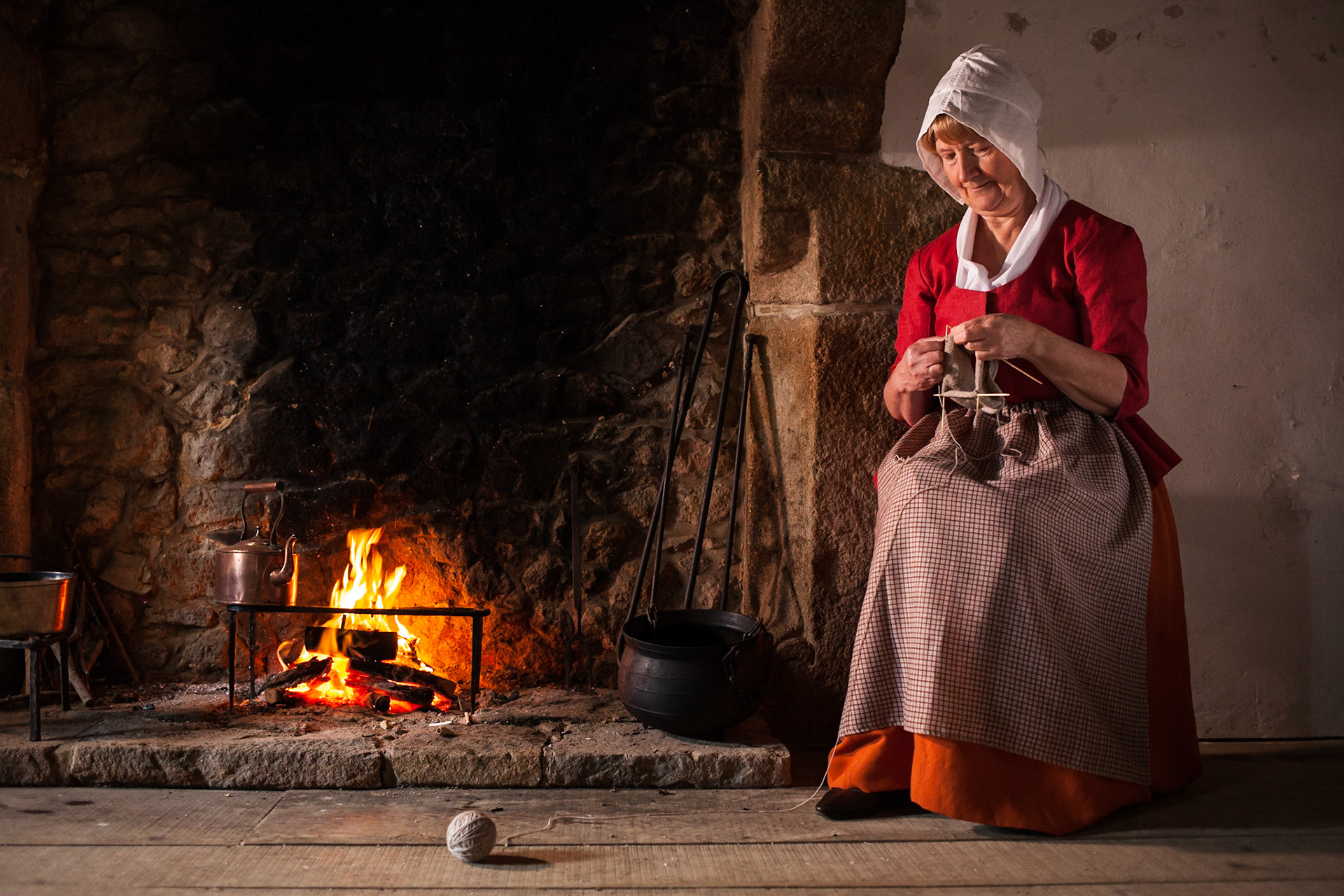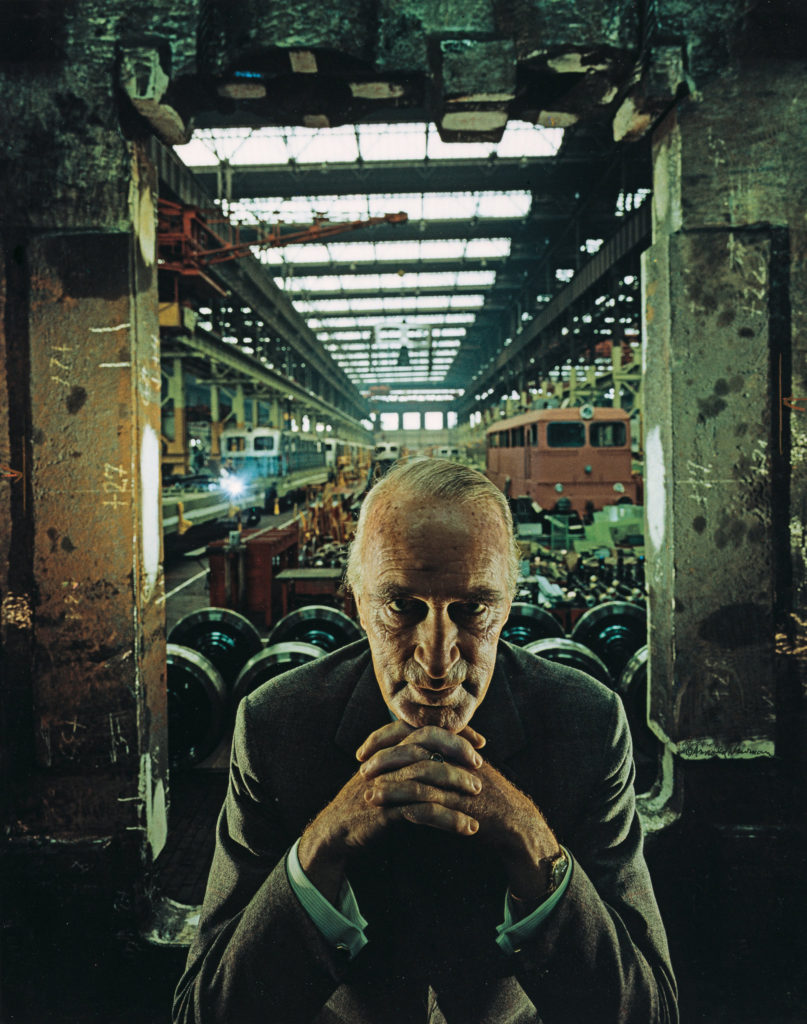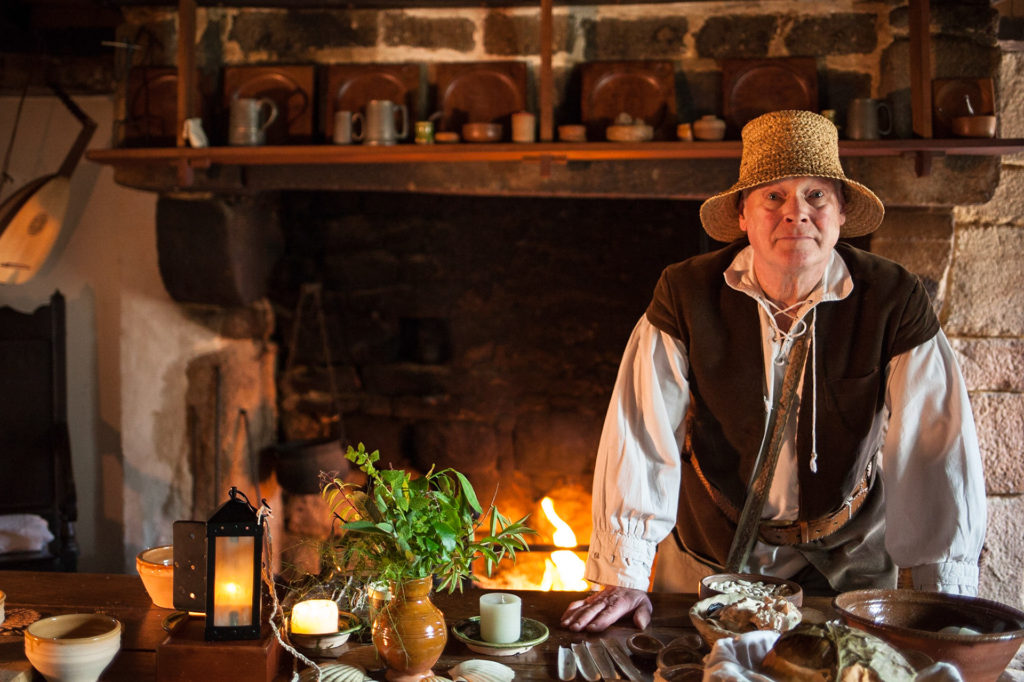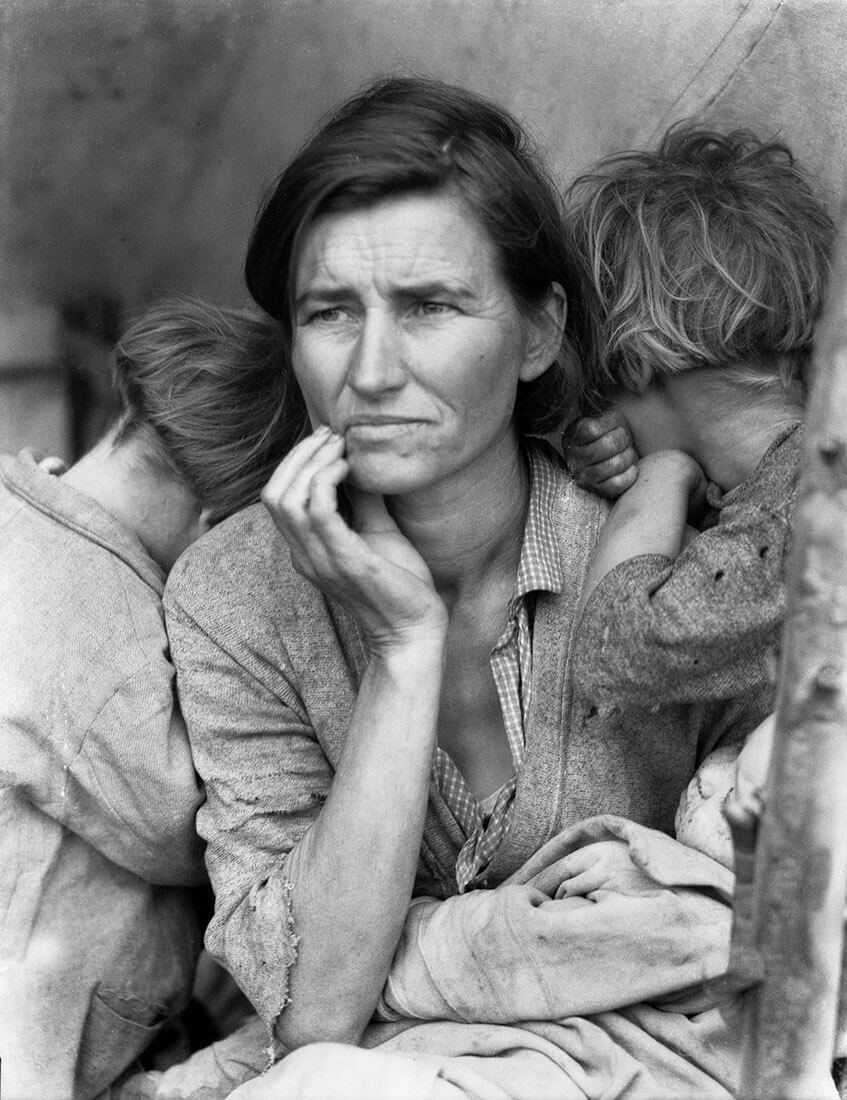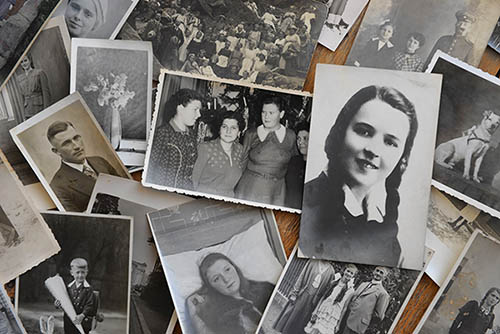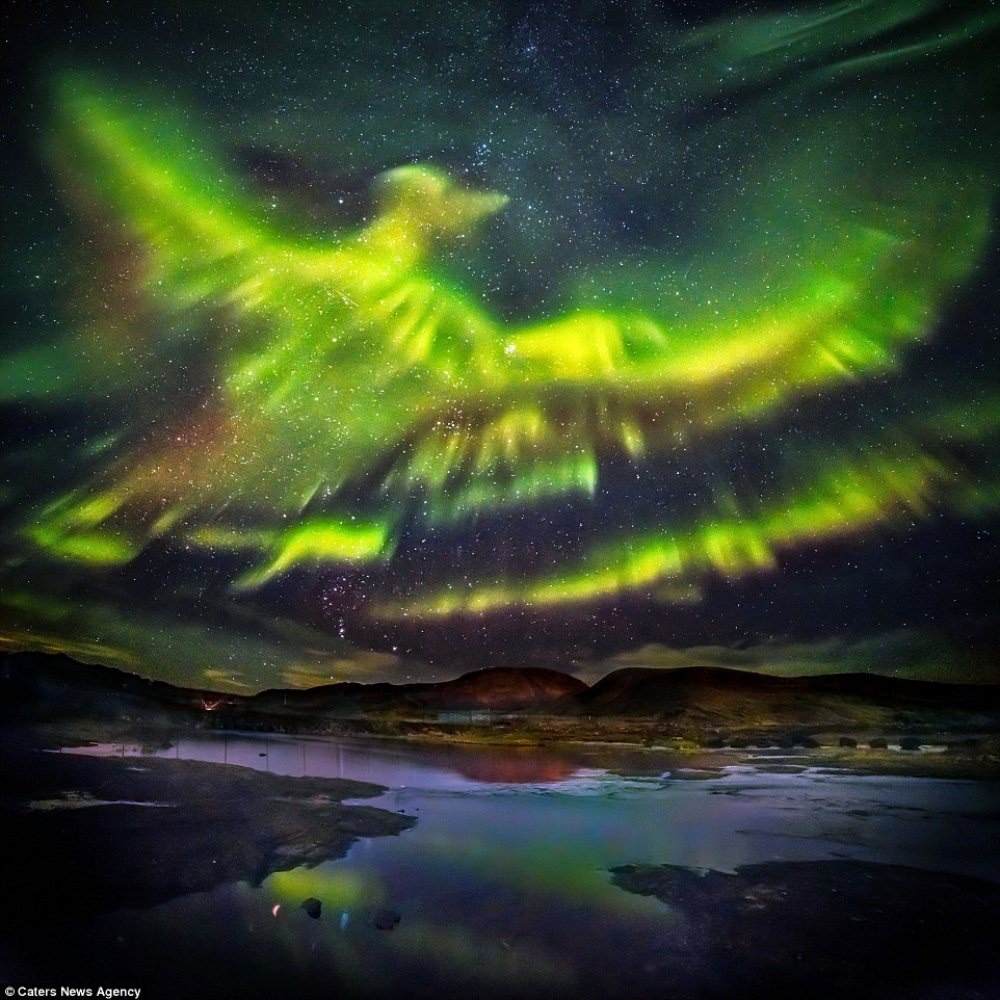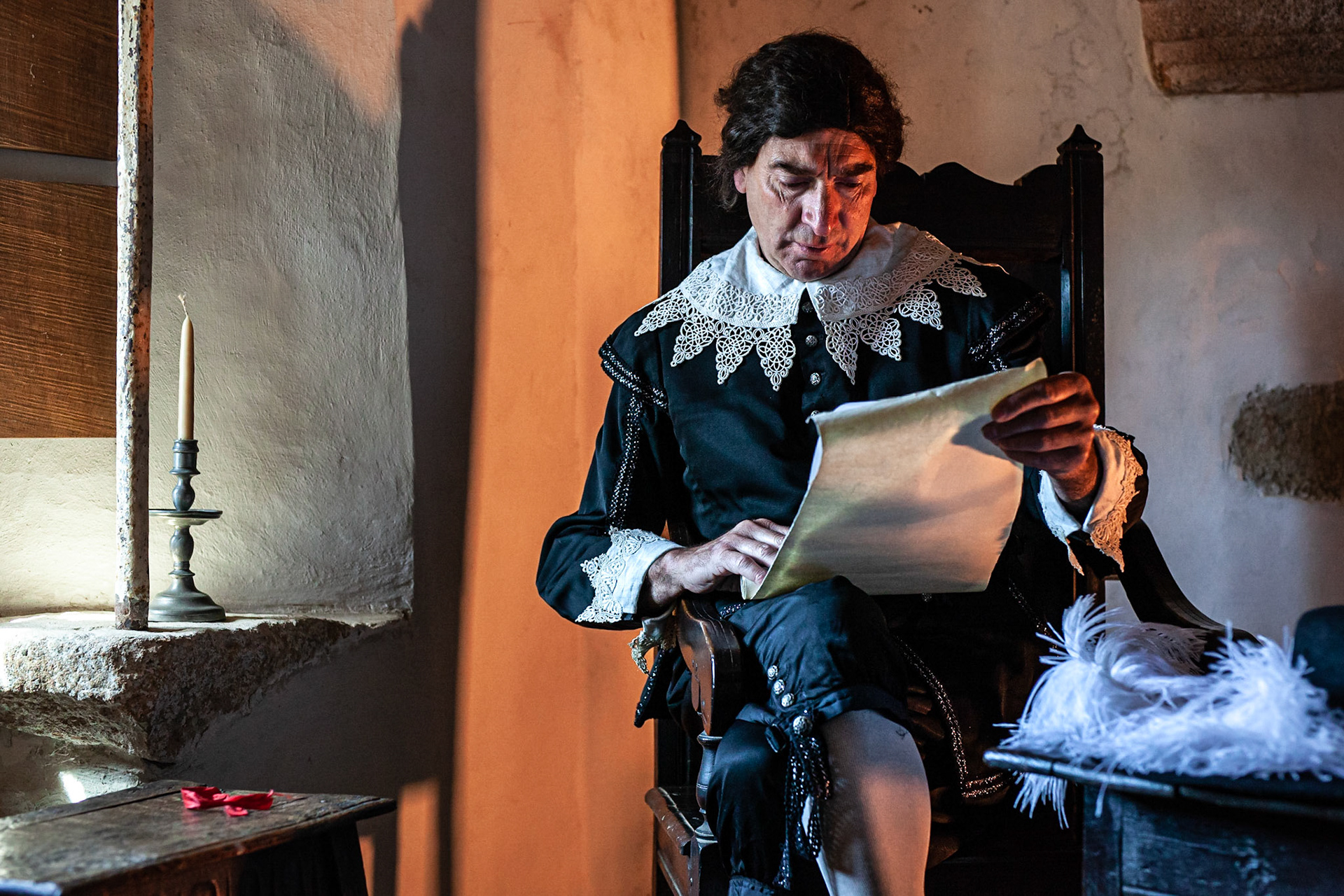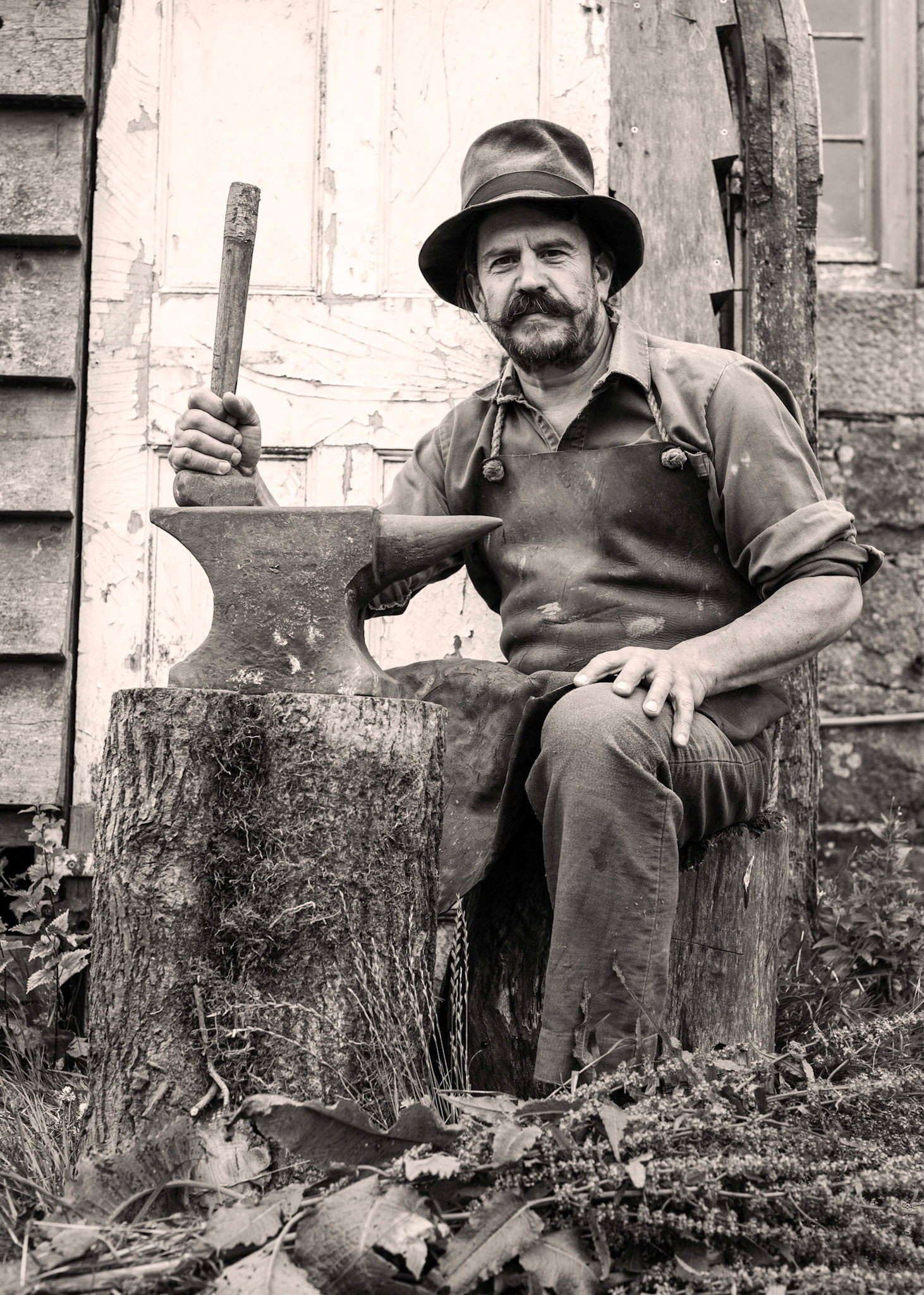Photography is capturing an image from a brief point in time, through light.

Photography’s Functions:
Because photography is quick, cameras are portable and images are easily distributed, photography has had many functions. There are instances where photography is used to document, this could be for things such as science, news and evidence to name a few. Another function could be capturing memories or events that a person experiences throughout their life, this is becoming even easier to do with the use of smartphones and social media. The use of cameras and social media has allowed for even greater communication methods, with people being able to send images of what they are experiencing to others.
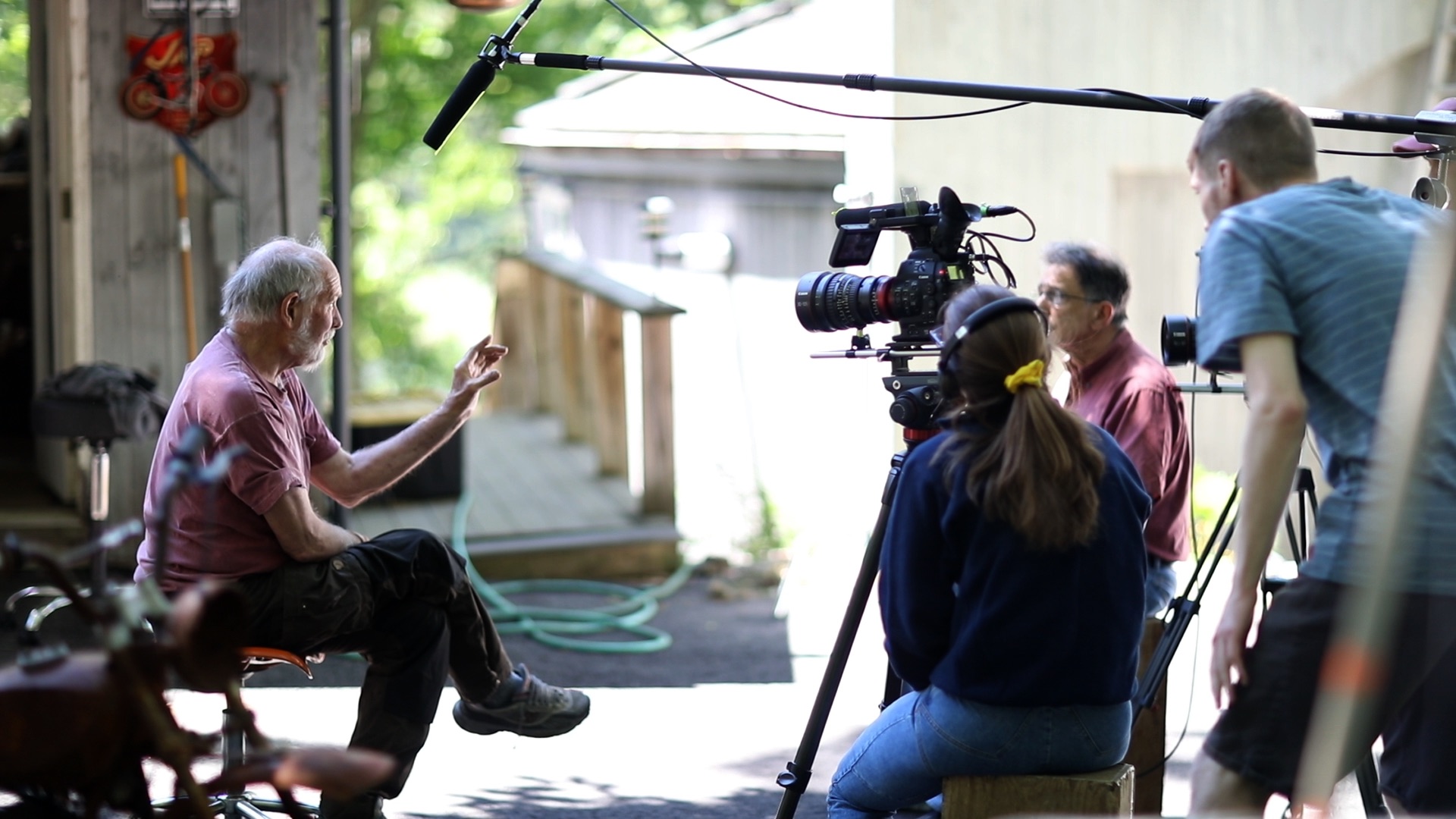
Photography as an Art-Form
Whether or not photography is a true ‘art’ has been debated on for centuries. Personally, I think that photography is its own unique type of art that can be experienced by anyone at anytime. Photography captures a scene in a similar way painting or drawing a picture does, the only difference being the process which some argue is the reason for photography not being an art form. As photography has multiple layers of complexity, style and personality within them, I think that photography is a great way to create art. Another thing to mention could be that photography is almost always ‘honest’ – an unedited image cannot change the way reality looks, giving photography a more natural look than some other forms of art.
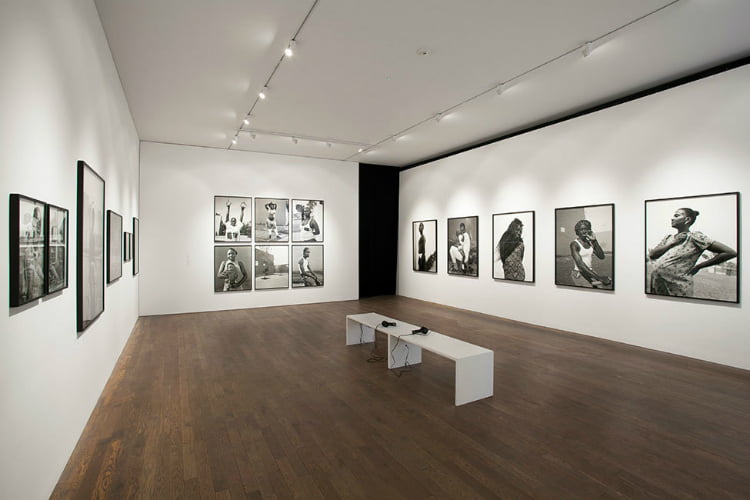
Photography as a Science
As photography is Greek for ‘Light Writing’, it would make sense that in order to be able to do photography, you would require some forms of physics and chemistry to make a camera work. One of the first scientific uses of the camera was by Eadweard Muybridge where he used around 20 cameras that were lined up and recorded a horse running past them, as the horse went past a camera, the camera would take a picture, giving Eadweard multiple images. Eadweard used these to prove the idea that horses lift all of their feet up when galloping. After this he would go on to document several animals on how they moved. Since then, photography has been used for other scientific uses such as documentation to learn even more about how the world works.

The Difference between the ‘Study’ and ‘Practice’ of Photography
Study:
The ‘Study’ of photography is the scientific and developmental aspects of photography. As mentioned before, the use of physics and chemistry is vital in photography, without them, it simply wouldn’t be possible. New developments of photography occur often and after each development, something new may be possible.
Practice:
The ‘Practice’ of photography is the artistic side. Photographers practice their artistic techniques, learn new ones and hone their ideas or create new ones as a way of creating something unique as a sort of journey or career. As photography is a rapidly growing interest, many new ideas and techniques are being shown to the public so that they can be developed more by other people.




